N/A
SBS
Appreciate Tom Brady's Late-Game Magic Now Because It'll Be Gone Soon
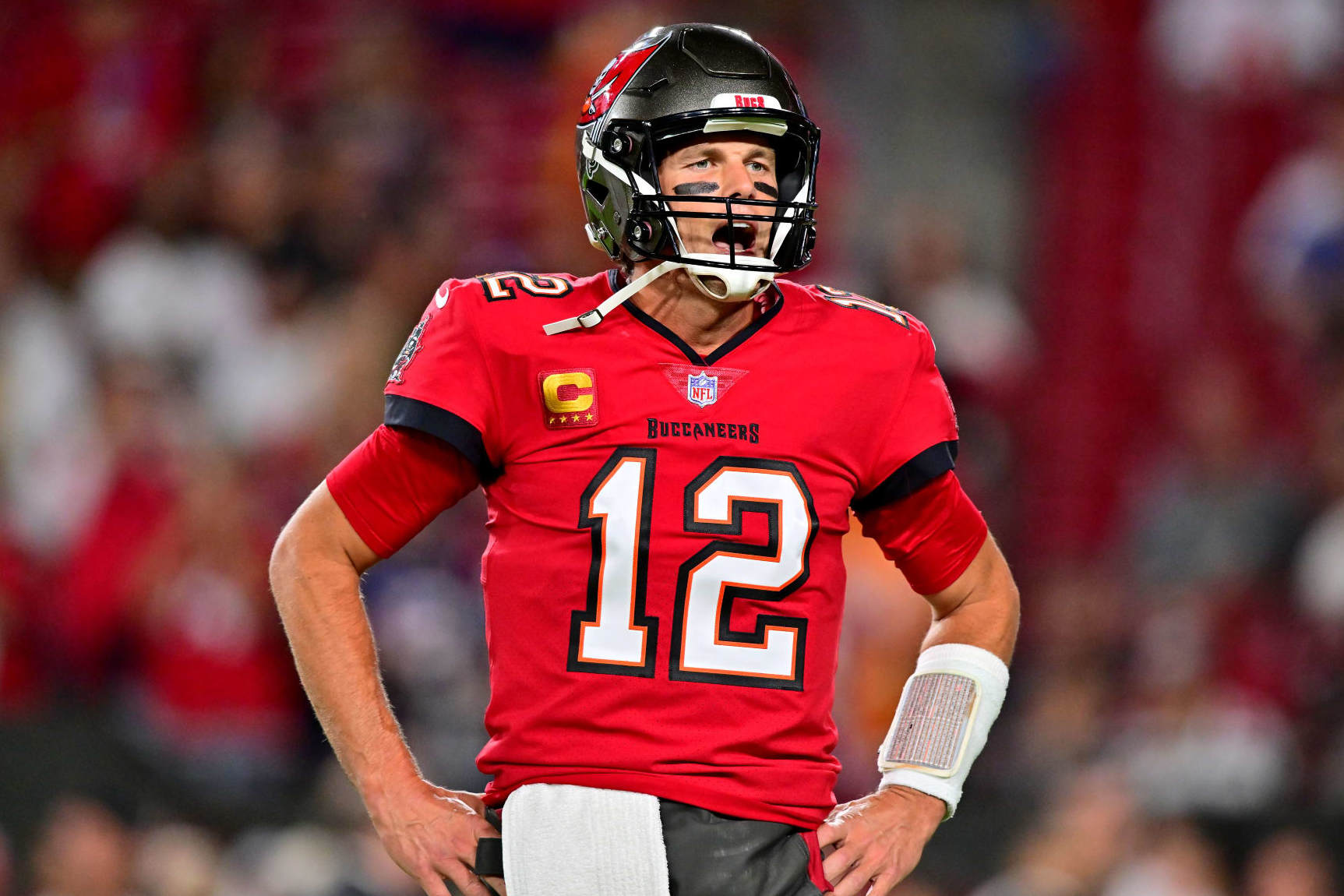
Tom Brady's career is the NFL equivalent of the often-used Undertaker GIF. Just when everyone thinks it's OK to finally bury the veteran, he rises to the occasion. Eventually, even Mark Calaway was forced to retire the gimmick after a long and fruitful run. Before then, he provided memorable moment after memorable moment.
Remarkably, Brady on Monday did something he had never accomplished after it looked like the New Orleans Saints had his number once again. In the Tampa Bay Buccaneers' 17-16 victory the 45-year-old future Hall of Famer threw for the last score with only eight seconds remaining at the snap—which marked the latest game-winning touchdown pass in Brady's historic career, according to ESPN Stats & Info.
"Just like we drew it up," Brady joked with reporters after the contest.
The Bucs now own a 6-6 record and 1.5-game lead in the NFC South. Brady's helping to pull another win from the jaws of defeat serves as a double-edged sword.
Simple appreciation of what he's done must be savored now, because his career will be over relatively soon. Conversely, the win sets up disappointment down the road.
On the positive side, Brady's teams have benefited with him behind center. Monday's result was the 44th comeback victory for the three-time league MVP, which broke a tie between Brady and his old rival, Peyton Manning. The performance also was the second instance of a Brady-led squad's winning after trailing by 13 or more points in the fourth quarter. The other? Super Bowl LI. (Sorry, Atlanta Falcons fans.)
The outcome and how it came about shouldn't blur who the Buccaneers are, though. Brady's potential last dance is fraught with obstacles.
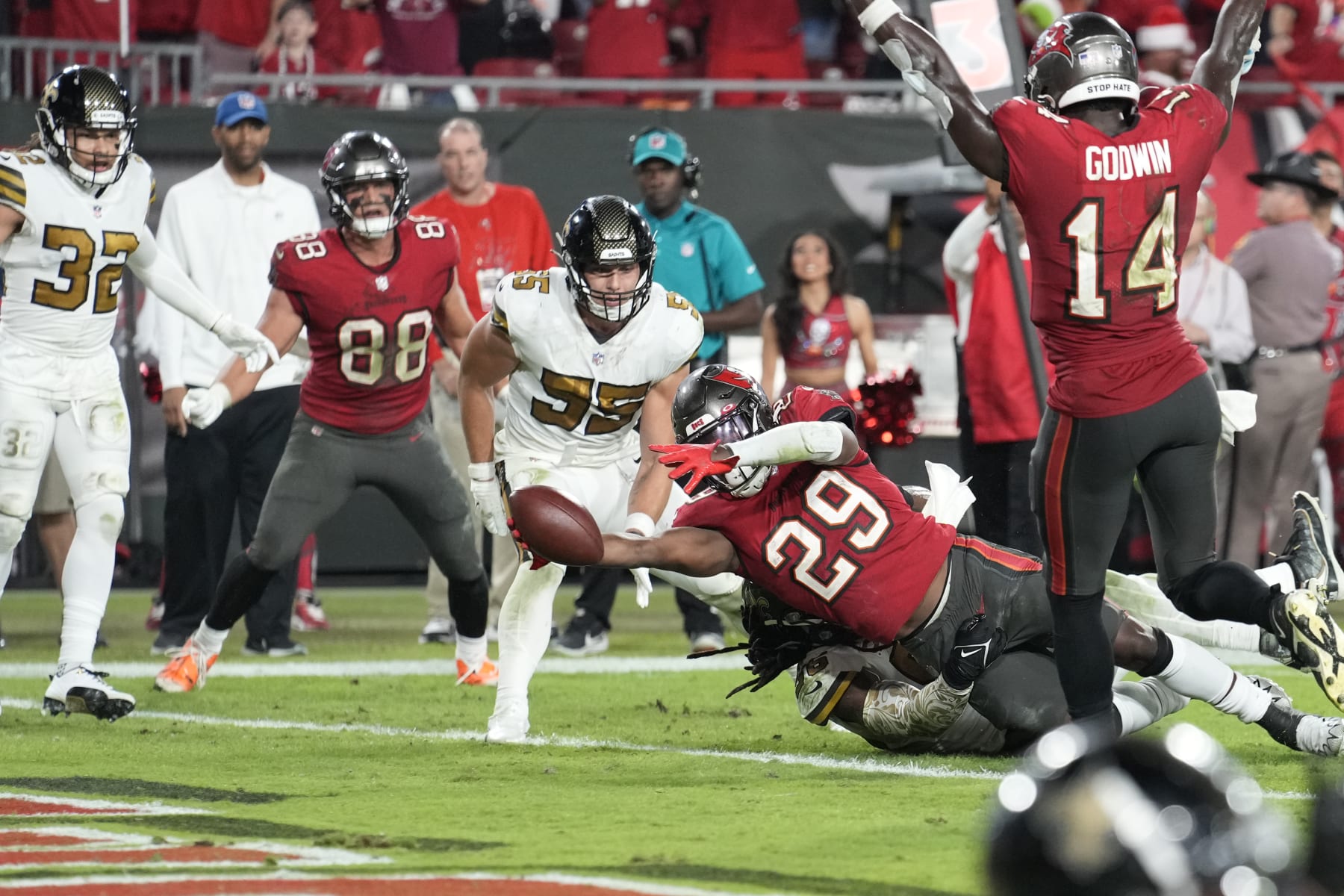
Before looking toward the long term, Tampa Bay must handle business in the coming weeks. The schedule is manageable with an upcoming meeting against the San Francisco 49ers—when this year's Mr. Irrelevant, quarterback Brock Purdy, will make his first career start—and teams with losing records to round out the final three weeks of play.
Aside from the Cincinnati Bengals game in Week 15, four of the five remaining contests are winnable. The Buccaneers could win 10 on their way to a second consecutive division title.
History shows they're capable of doing so. After a slow start to the 2020 season, Brady and Co. hoisted the Lombardi Trophy. A significant difference exists between then and now, though. That year, Brady had just signed with the organization and needed to build a rapport with his receivers and rhythm within the offense.
Now, Tampa Bay is clearly deficient in certain areas.
The offensive line is almost completely rebuilt from a year ago. Tristan Wirfs' ankle injury last week only exacerbated an already glaring issue. The losses of left guard Ali Marpet (retirement), right guard Alex Cappa (free agency) and center Ryan Jensen (knee injury) created a lack of continuity up front front. Even bringing in Shaq Mason can do only so much when the unit is playing together for the first time and continuing to evolve.
A byproduct of rebuilding an offensive line on the fly is a significant downturn in the running game. At 73.3 rushing yards per contest, Tampa Bay owns the league's worst ground game by a significant margin (11.4 yards to be exact).
Furthermore, Brady is having one of the worst years of his career when it comes to pushing the ball down the field. The Buccaneers had one of the league's best wide receiver corps over the last two seasons, especially with Mike Evans on the outside since he's an elite vertical threat.
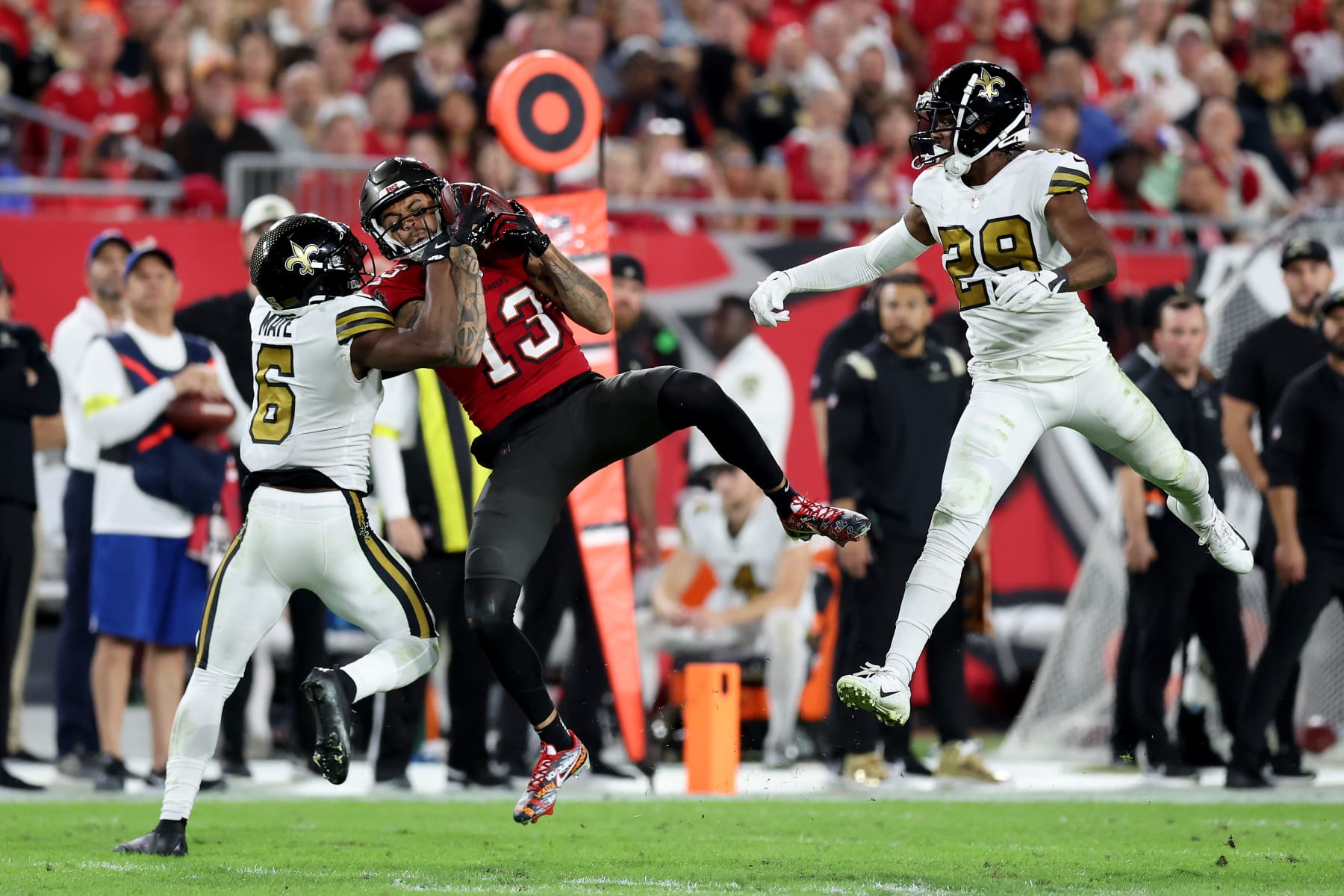
Yet the quarterback's 31 completion percentage on throws 20 or more yards down the field entering Monday's contest was Brady's worst since the '14 campaign, per ESPN. Brady missed multiple deep attempts against the Saints and didn't help to stretch the field. Only one connection, to Evans, was over 20 yards.
Instead, defenses are now constricting the playing area. They don't have to worry much about Tampa Bay's running attack or the threat of a big play. Brady also can't lean on the tight end position as much after his favorite target, Rob Gronkowski, retired.
Even so, Tampa Bay found a win to win...with a little help from New Orleans.
"I wish we would score more points against them," Brady said. "They make it really hard."
In the Saints' case, Dennis Allen's squad had the game in hand bud lost because of poor late-game management and mental mistakes. New Orleans had two opportunities to close out the contest. All it had to do was sustain a drive.
With 6:11 remaining and a 13-point lead, Mark Ingram II inexplicably ran out of bounds short of a first down without being touched. On the next play, 3rd-and-1 from Tampa Bay's 44-yard line, the Saints threw an incomplete pass instead of just running the ball. The Buccaneers responded with a 91-yard drive for their first touchdown.
During the following series, New Orleans went three-and-out with a pair of pass calls, including a sack on second down.
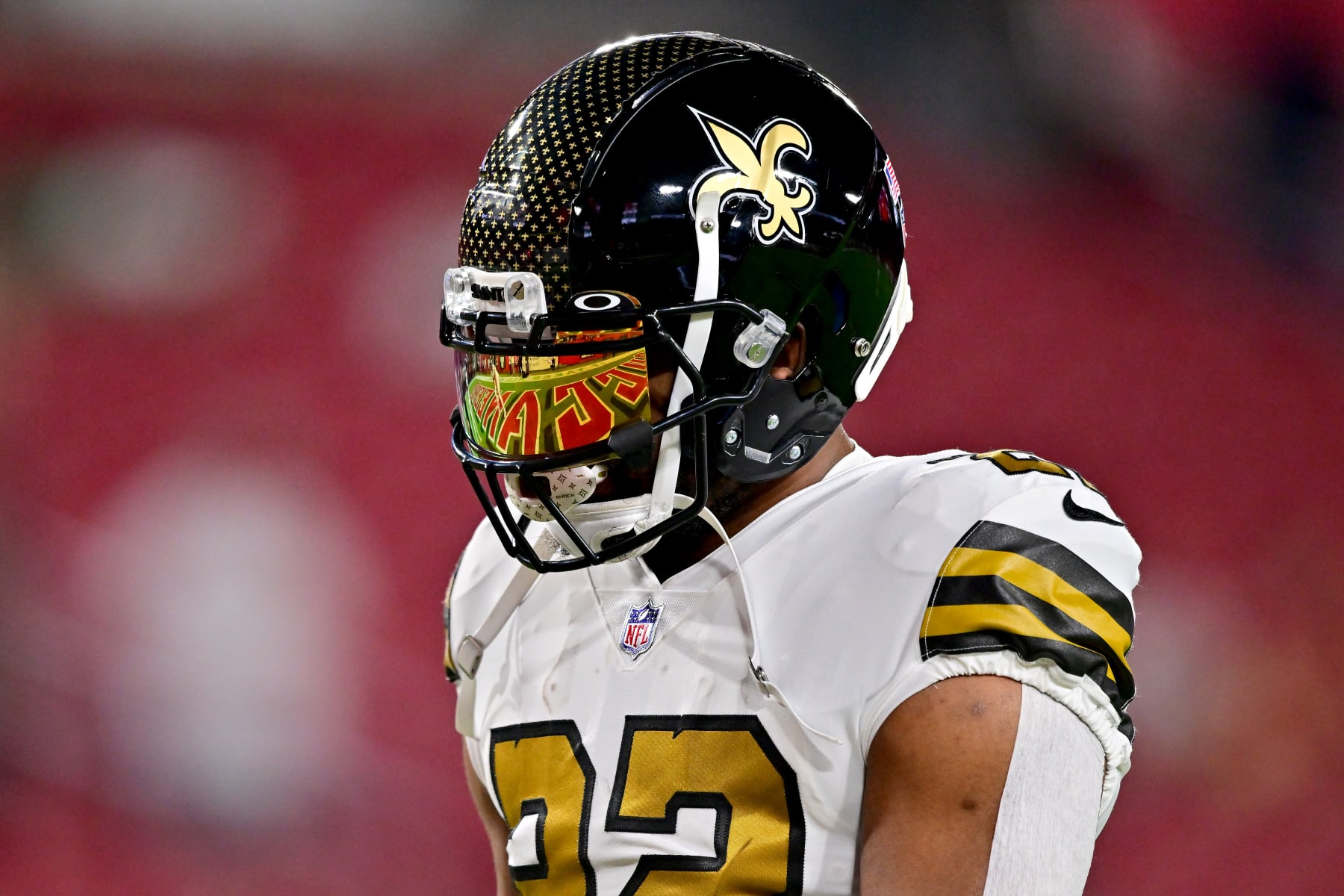
The Saints lost this meeting as much as the Buccaneers earned the victory. The setup is important, because it shows how fortunate Tampa Bay was to reach .500. Todd Bowles' group isn't playing particularly well, and a late-game rally doesn't portend a significant postseason run.
As for Brady and where he goes from this point, much will be decided in the offseason. The 23-year veteran isn't under contract beyond this season. He has said he would like to play until at least 2024, though his highly publicized divorce from Gisele Bündchen could change that.
If the NFL's all-time leading passer chooses not to return after this season, the type of moments seen from him Monday may never happen again with only five regular-season games left to play. Brady will walk away as the greatest player of all time. He's earned that designation. But he's no different than any professional athlete who preceded him. Eventually, Father Time wins.
A void will be left without the seven-time Super Bowl champion. But it's far from time to let his career rest. Brady appears to have one more age-defying stand left in him, and everyone should enjoy it for as long as it lasts.
Brent Sobleski covers the NFL for Bleacher Report. Follow him on Twitter, @brentsobleski.
Phillies Double Down on World Series with $300M Trea Turner Contract
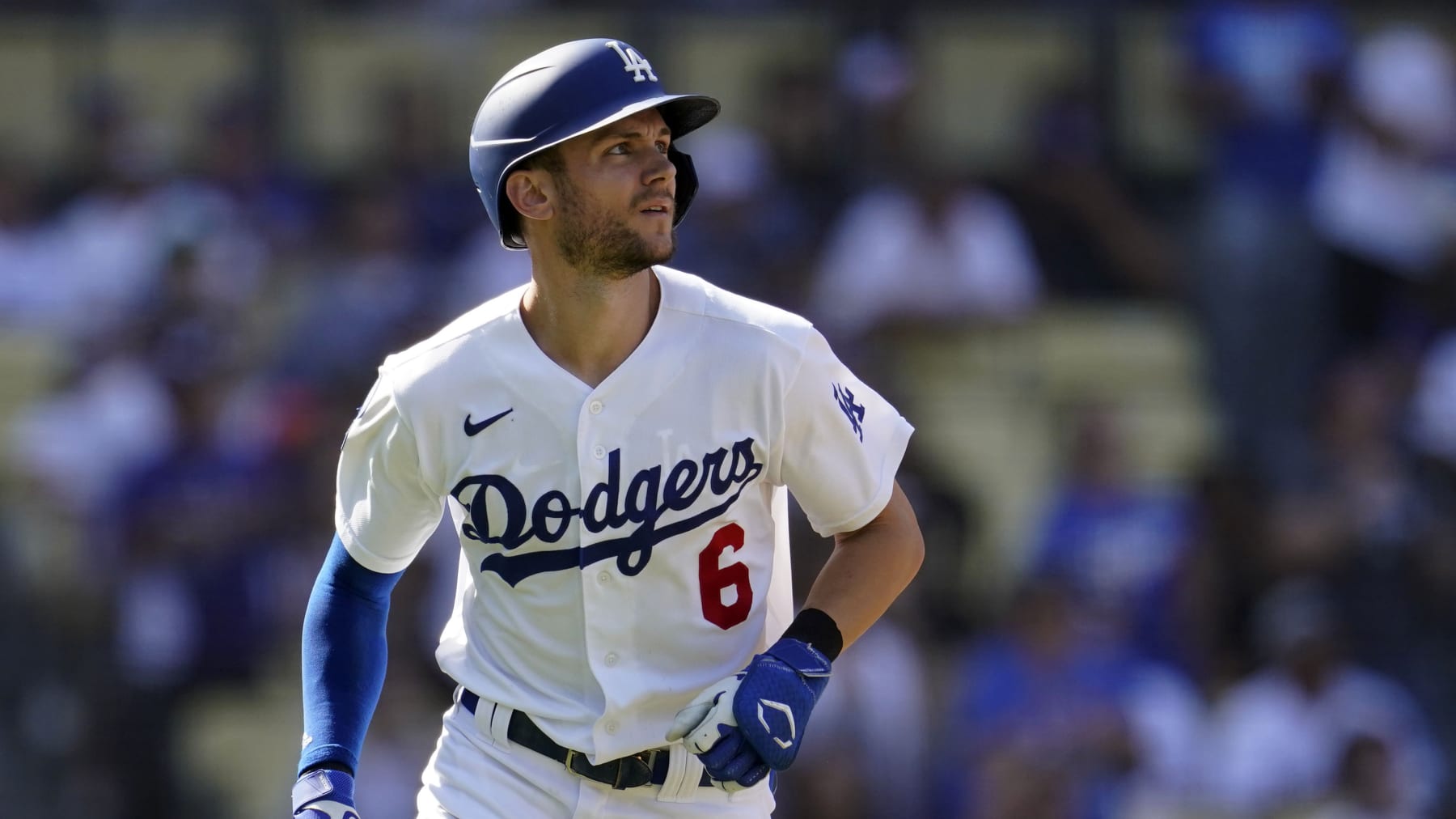
As the newest member of the team can vouch, the Philadelphia Phillies clearly have the pedal firmly to the metal as they continue their pursuit of a World Series championship.
This particular member is none other than Trea Turner. On Monday, the speedy, powerful shortstop agreed to join the defending National League champions on a deal that ESPN's Kiley McDaniel reported is worth $300 million over 11 years:
An additional report from Jon Heyman of the New York Post clarified that the 29-year-old Turner's contract also includes no opt-outs.
It's thus much in the mold of the 13-year, $330 million contract that Bryce Harper signed with the Phillies in March 2019. Just as that was the beginning of a wonderful partnership, the same should prove to be true of Turner's own union with the Phillies.
Trea Turner and the Phillies Are Perfect for One Another
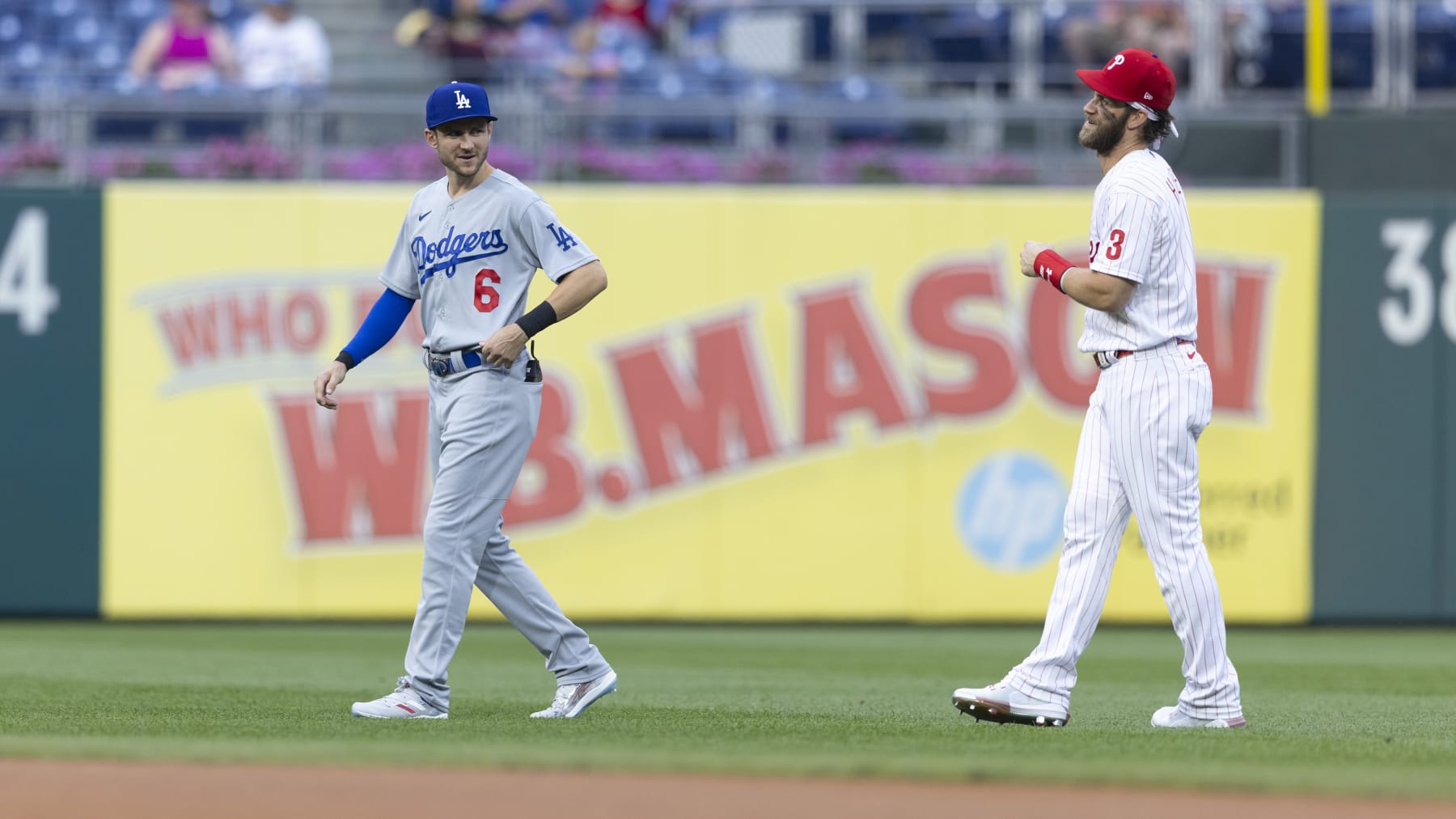
Contrary to Jacob deGrom's landing with the Texas Rangers, Turner's pact with the Phillies is the early leader in the clubhouse for the least surprising move of the 2022-23 offseason.
There were whispers about Turner—who debuted with the Washington Nationals in 2015 before landing with the Los Angeles Dodgers via trade midway through 2021—and the Phillies joining forces as far back as June. It therefore rang true when Jon Morosi of MLB Network on Nov. 30 tabbed the Phillies as the team to beat in his market:
As to why Turner and Philadelphia are such a good fit, well, how much time do you have?
Though it didn't keep them from coming within two wins of the franchise's first World Series title since 2008, the Phillies were among MLB's biggest stragglers at shortstop in 2022. Led primarily by rookie Bryson Stott, the players they tried at the position produced just a .651 OPS, 12 home runs, 10 stolen bases and 0.6 rWAR.
For his part, Turner's 162-game averages over the last three seasons include an .877 OPS, 27 homers, 31 steals and 5.7 rWAR. Check and mate.
Albeit on a temporary basis, the Phillies also needed a means to deepen their lineup while they await Harper's recovery from Tommy John surgery. Signing Turner did that, especially if manager Rob Thomson uses him in the leadoff spot so 46-homer slugger Kyle Schwarber can bat in the middle of the order.
Once Harper is back on the field—which should be sometime around the All-Star break—the Phillies stand to have perhaps the most dynamic offense in the NL.
They were indeed the only team in the Senior Circuit to hit 200 home runs and steal 100 bases in 2022. Turner is a proven contributor on both fronts. And given how well his elite sprint speed jibes with the larger bases and pickoff limitations coming to MLB in 2023, it's possible he hasn't yet peaked as a base stealer.
In addition to all the reasons the Phillies have to be excited right now, let's also acknowledge the things that must have Turner himself feeling elated.
The money, obviously, but also more personal matters as well. There seems to be plenty of mutual fondness between the Turners and the Harpers, and every indication is that the Turner clan also just plain digs the East Coast.
So, what's not to like?
This Is a Huge But Worthwhile Risk
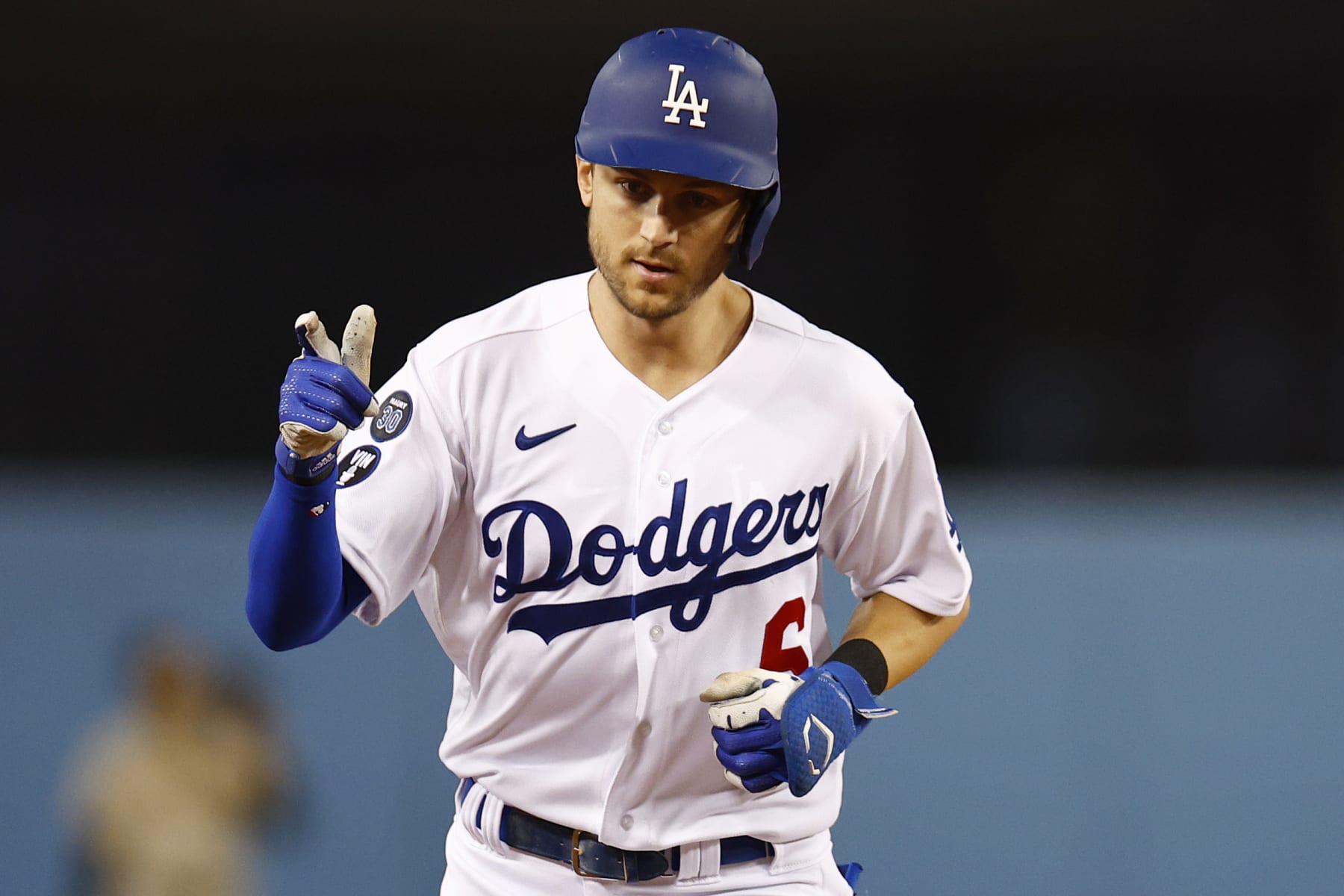
Well, for one thing, that's a whole lotta years and a whole lotta dollars for someone who isn't exactly young and whose skill set isn't devoid of red flags.
Next year will be Turner's age-30 season, so his new deal will carry him all the way through his age-40 season in 2033. No matter what happens, the Phillies will invariably be saddled with his decline years.
There's a prospect that those will come sooner rather than later, if for no other reason than the aging curve for speed is about as ominous as one would think:
The more Turner's speed dries up, the more he'll have to use other means to produce value.
Which brings us to still more red flags, including his hit-or-miss metrics at shortstop and what befell the quality of his contact last season. To wit, the 88.9 mph he averaged on batted balls was his lowest mark since his rookie campaign.
And yet to focus on how Turner might struggle to provide return on investment in the long run is to ignore the massive rewards the Phillies could reap in the short run.
Their championship window is, after all, wide-open right now. And save for Aaron Nola, Rhys Hoskins and José Alvarado, who are slated for free agency after 2023, the Phillies' core players are locked up for more than one season. That's the prop they need to keep said window open.
When it does start to close, Jayson Stark of The Athletic noted how Turner's contract seems explicitly designed to allow the Phillies to get the pieces they need to stop or at least slow that process:
Even now, the $27.3 million average annual value of Turner's deal is plenty reasonable. It'll become even more so with each passing year, especially in the context of rising luxury-tax thresholds.
In the meantime, still another bonus of Turner's pact is that the Phillies denied one of their biggest enemies a huge puzzle piece. Sans Turner, the Dodgers have no choice but to look elsewhere for a shortstop. And with less hope of finding a discount, to boot.
Carlos Correa, Xander Bogaerts and Dansby Swanson Are Now On the Clock
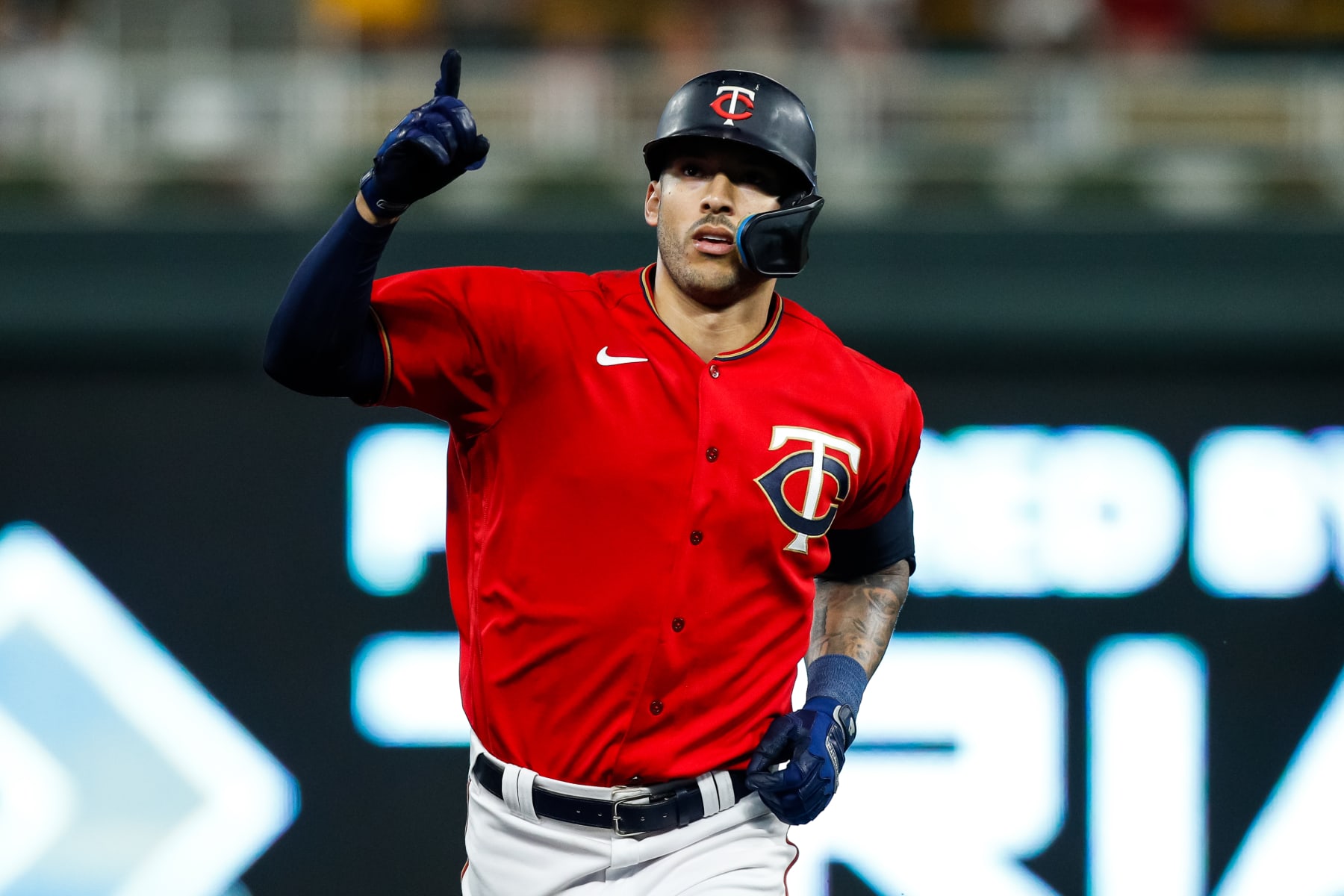
If Turner is worth $300 million over 11 years, what does that mean for Carlos Correa, Xander Bogaerts and Dansby Swanson?
Nothing but good things, in all likelihood.
While the general expectation at the outset of the offseason was that Turner would secure a rather large bag, nobody forecast his contract at double-digit years with a guarantee of $300 million. That includes us, as we had him slated for eight years and $272 million.
As such, it now seems instructive to revisit our projections for the three star shortstops who are left:
- Carlos Correa: 9 years, $270 million
- Xander Bogaerts: 8 years, $240 million
- Dansby Swanson: 6 years, $140 million
Those look a little light right about now, particularly where Correa is concerned.
Correa, 28, isn't just younger than Turner. He's also more accomplished, having racked up the most rWAR of any shortstop since 2015 and the most postseason home runs of any shortstop this side of Derek Jeter. He was also ineligible for a qualifying offer and, unlike Turner, is therefore not tied to draft-pick compensation.
As he did when he signed a three-year, $105.3 million deal with the Minnesota Twins in March, Correa could once again defy expectations by accepting a short-term, high-AAV contract. But if he and agent Scott Boras want to use Turner's deal as a model, it's hard to imagine he will settle for less than 11 years, $300 million.
In any case, Turner's contract already has this offseason's market positioned to be one that no shortstop will ever forget.
Stats courtesy of Baseball Reference, FanGraphs and Baseball Savant.
The Future Is Bright for the USMNT, but Changes Must Be Made Ahead of 2026 World Cup
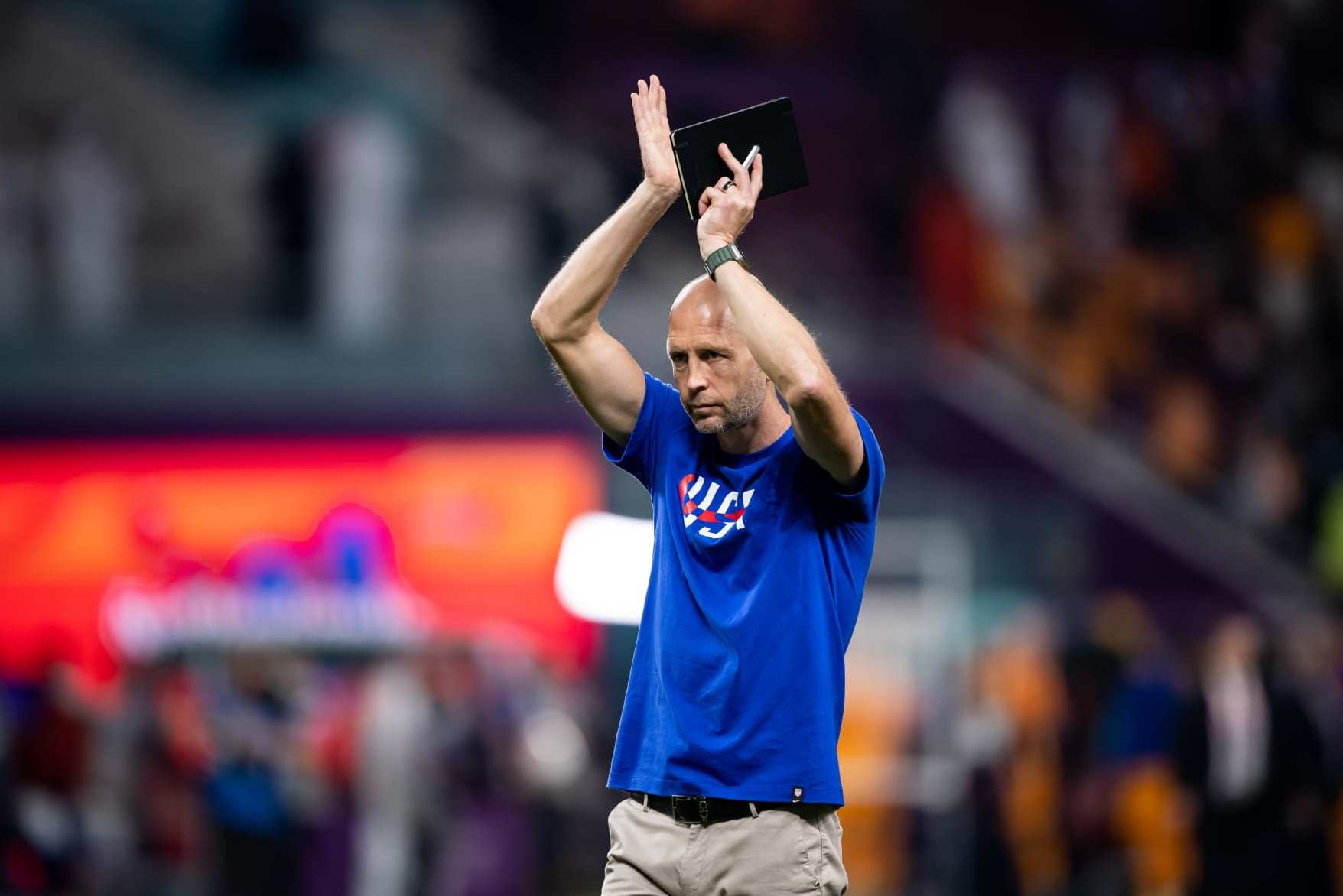
Within 30 minutes of the defeat to the Netherlands on Saturday in Doha, Gregg Berhalter was asked by reporters if he intended to remain on as the U.S. men's national team coach. The 49-year-old said he’d have to think about it.
You can imagine the U.S. Soccer Federation will do some critical thinking too.
In his time with the national team, Berhalter has collected notable victories, including beating Mexico three times in a year, winning the CONCACAF Nations League and Gold Cup in the same summer, qualifying for the World Cup after missing it in 2018 and making it out of the group.
The USMNT has a clear culture of positivity and brotherhood, cultivated in part by the man at the helm. He's also overseen a successful dual-national recruitment process, bringing promising talent such as Sergiño Dest and Yunus Musah to American shores while keeping the best interests of each player in mind.
Ultimately, though, a sound defeat to the Netherlands in the round of 16 is just good enough. A group stage exit would be seen as failure. A quarterfinals berth would be historic success. What this team did is set a foundation; it was just enough.
But the nation and the federation have higher hopes as they prepare to co-host the 2026 World Cup, and they'll need to accelerate progress and implement changes to achieve them.
In that pursuit, U.S. Soccer should look gratefully at the foundation Berhalter built and then find the best candidate to keep building. For Berhalter, returning to the club level—perhaps on foreign shores—might be preferred after a pressure-packed tenure as manager.
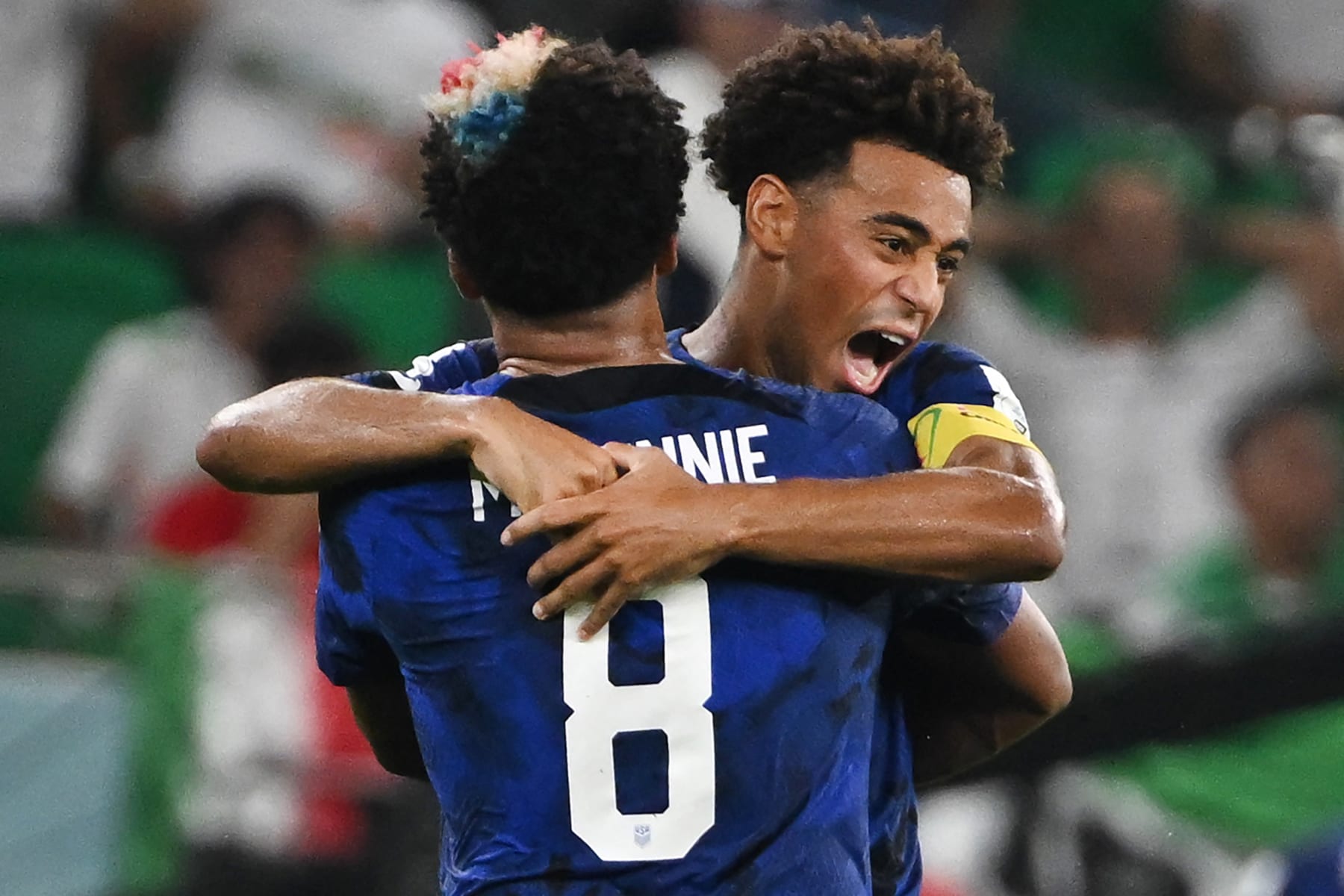
The foundation is set
The second-youngest team in the tournament has World Cup experience under their belt—and the bitter taste of defeat to drive them. They believed they could do more in Qatar. With four years to work toward redemption, this crew of youth will hit their prime on home soil after four years of developing at club level.
Ideally, the men plying their trade in Europe—Musah, Weston McKennie, Tyler Adams, Christian Pulisic and company—will continue to grow their roles at the top level. They already have youth and accomplishments. As they add more experience, they'll be lethal.
The trend of young Americans who depart for competitive, European shores will continue. On arrival, they'll need to work tirelessly to play central roles in top leagues. The program would be wise to identify players who start to excel at that level and integrate them more quickly into the senior team.
Clubs like the Philadelphia Union and FC Dallas play no small role in developing young talent and getting them to Europe. They'll need to continue that contribution, and other clubs would be wise financially to join them. The benefits of developing talent and selling to Europe seem self-evident for a club, though many have yet to do so successfully.
A glaring issue as the World Cup wore on is that depth in the squad was too shallow. The drop-off in output from the first to the second half as starting players tired or were substituted became a core issue. But building on the talent pool who are proving themselves at the highest level solves that problem.
Success in 2026 will require the continued growth of young stars in Europe. It will also require younger prospects to break out at that level, adding confidence to this team's depth and rotation.
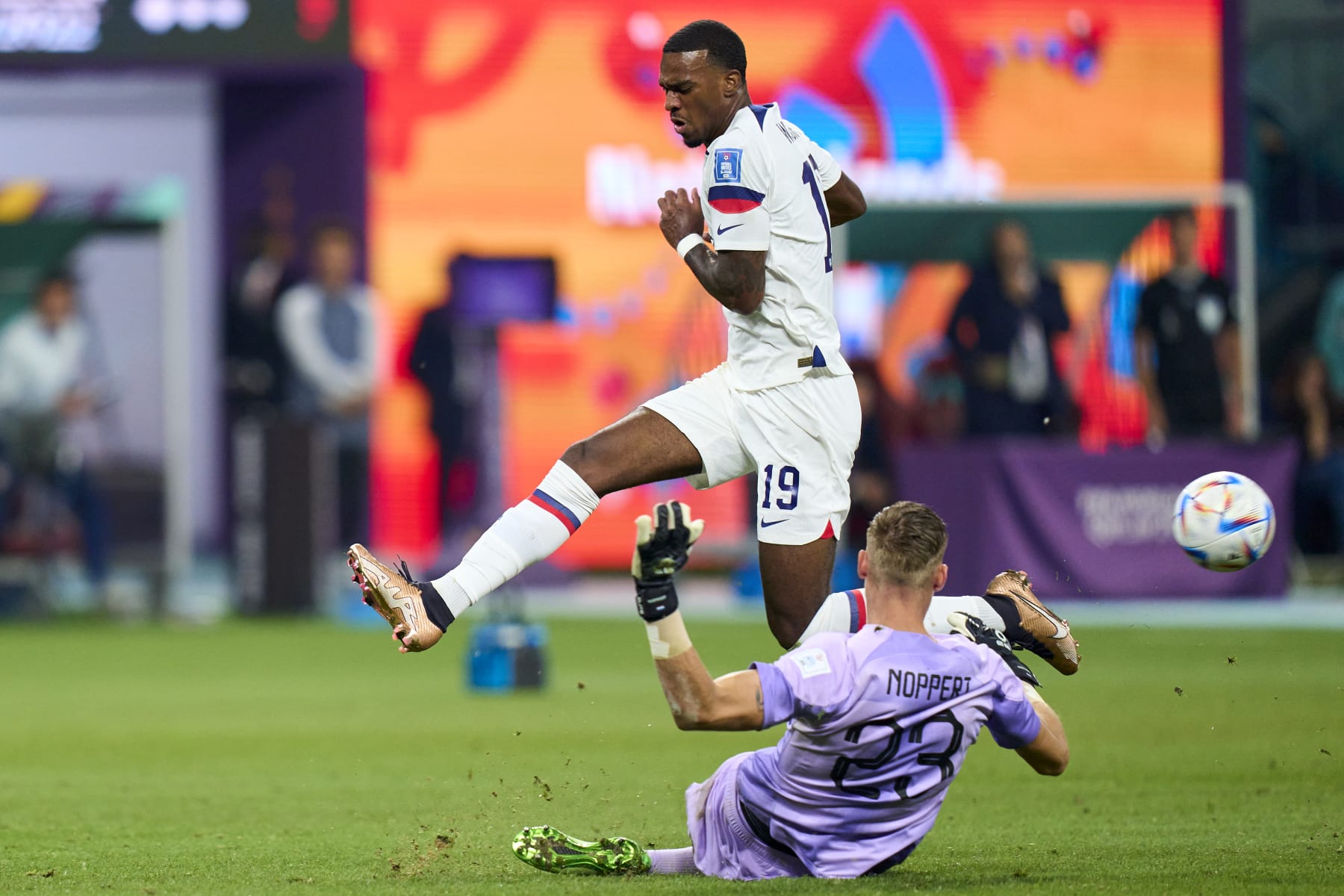
Life, liberty and the pursuit of a striker
The role of striker-savior in the 2026 World Cup is up for grabs. It remains among the USMNT's more elusive positions.
That hero might not be known yet. The hungry and hopeful are practicing for that position as we sit typing.
It could also be somebody already in the program. Jesús Ferreira is long out of form and happy at FC Dallas, but one wonders if he might grow his game abroad given the hunger acquired from this tournament. Josh Sargent and Haji Wright both had their moments in Qatar. Sargent did well against Iran before going off injured. Though Wright was imperfect, he did score one of the team's three goals. Both are doing well with their clubs and their careers still developing. Sargent will be just 26 and Wright 28 at the next World Cup.
Ricardo Pepi—spurned from the roster, now in form in the Netherlands—has a fire burning inside him. Pepi seems resolute in his intention to break back into the team. It will be a joy to track that progress. He'll be 23 when the World Cup comes to home soil.
Beyond the striker, the U.S. needs to create more chances, necessitating a style that encourages creativity. The next manager must identify creative talent and build around it.
Hope is in the future
Develop the talent, identify the talent, build creatively around them, find a striker. Sounds easy, right? That will be the work of the next four years.
Observe the progress, catalog the stories and find a way to convey them to the American public—that's the job of the pundits and writers.
The race is on, for all of us. We're looking at 2026 with hopes set high. And the main question is pending: Will we be ready?
